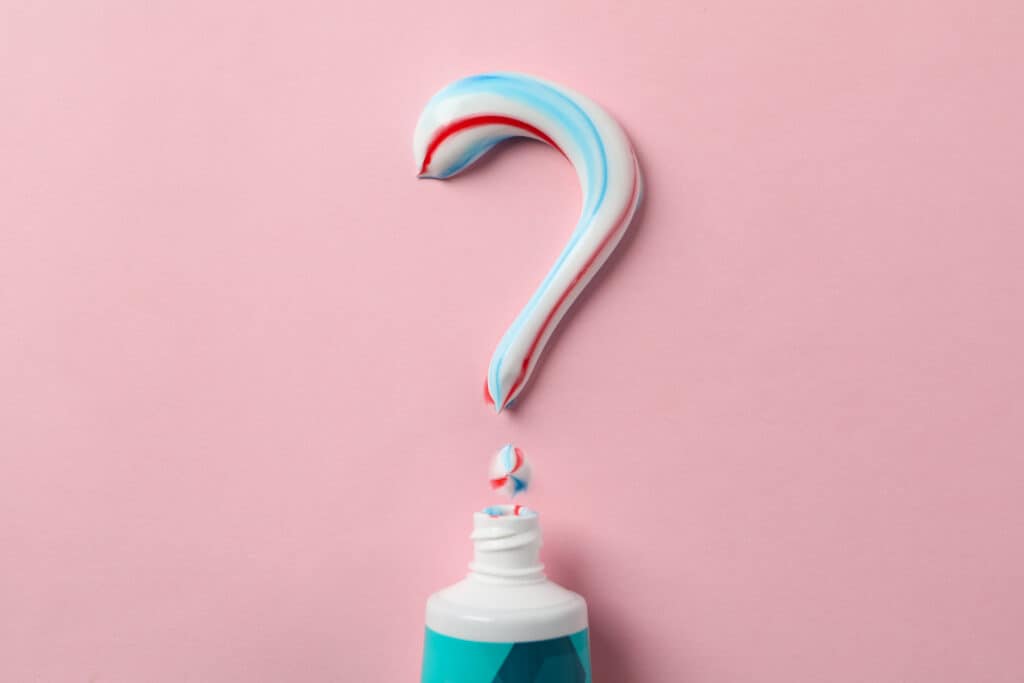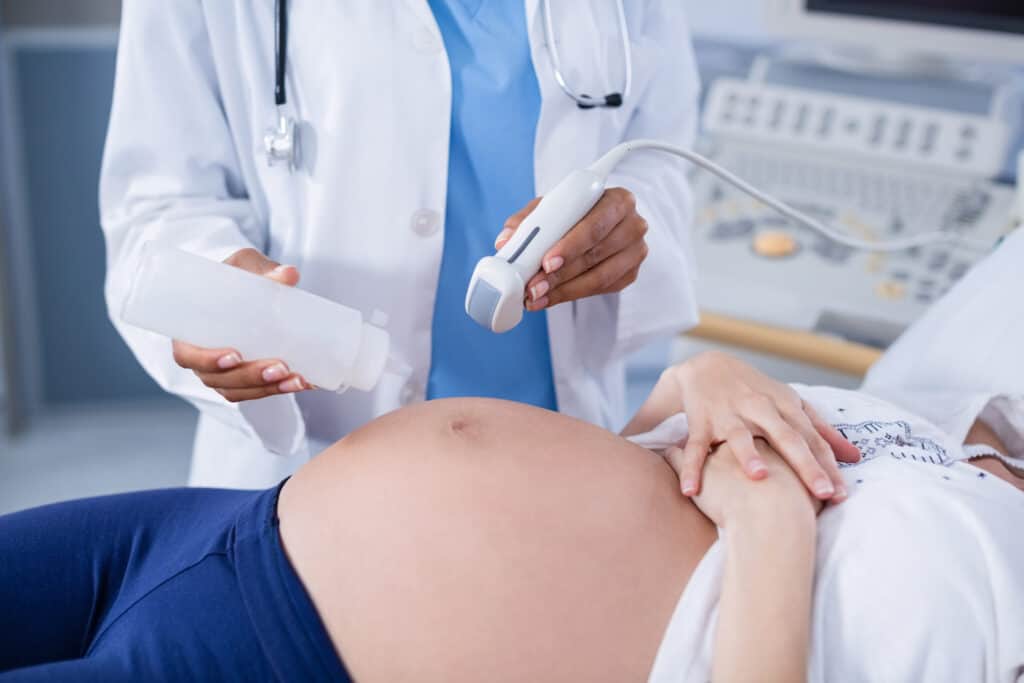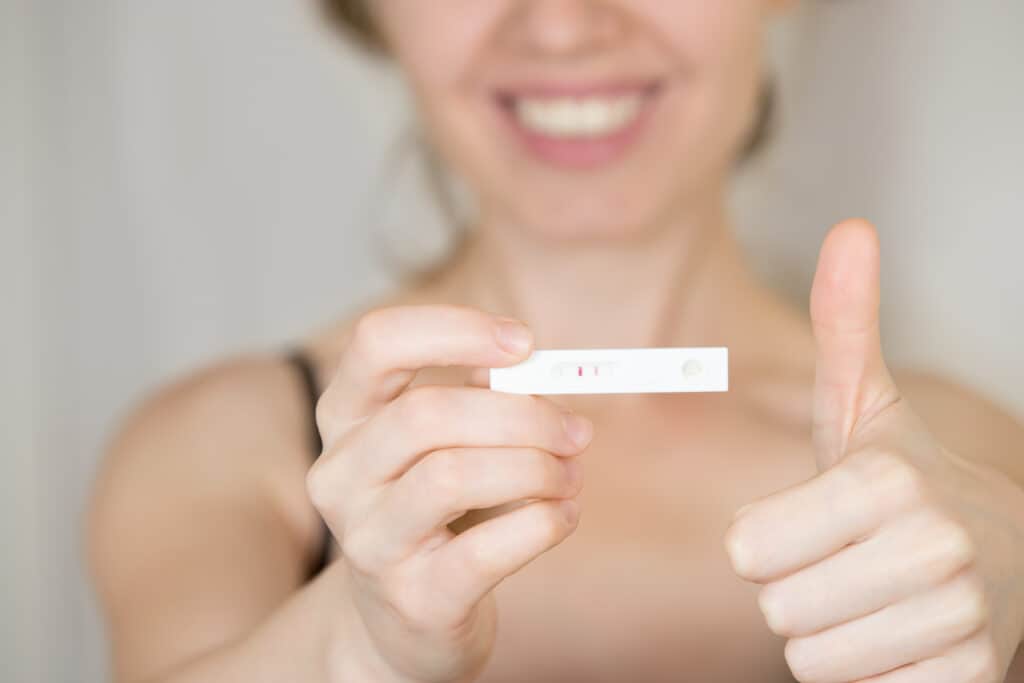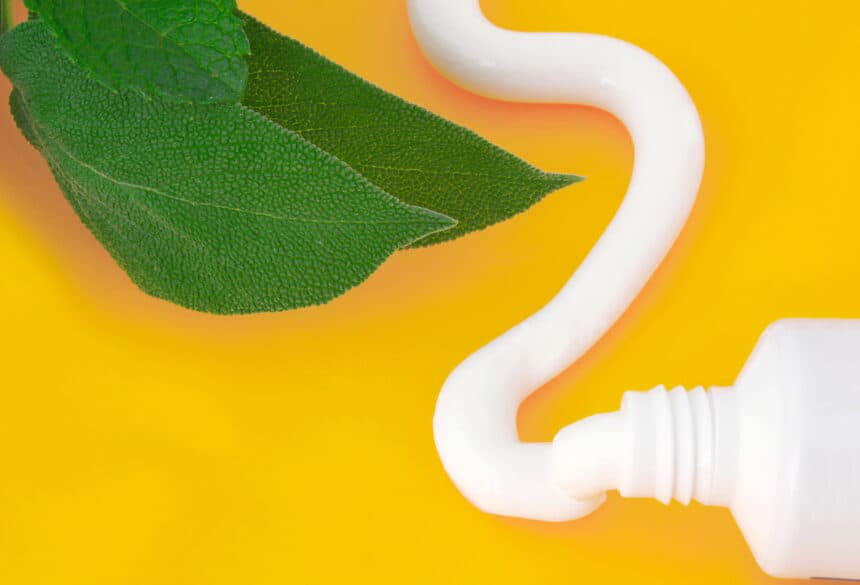Homemade Pregnancy Tests Variations
When it comes to finding alternatives to mainstream products, people can get quite creative. Homemade deodorants, homemade toothpaste, homemade shampoos, and even homemade pregnancy tests.
If you search for a “home pregnancy test” online, you will get multiple DIY tests and recipes for salt, sugar test, soap, bleaching powder, or even baking soda.
The most popular one, though, is toothpaste. According to some people, this substance in your medicine cabinet won’t only keep your teeth clean but also tell you if you expect a baby. Some even claim that these pregnancy tests can reveal the sex of the baby.
But is this all true? Can you know whether you are pregnant or not based on the ingredients in toothpaste?
If you are interested in experimenting, we will go through all the details of a home test, including how it works and its accuracy.
What Is the Toothpaste Pregnancy Test?
The home pregnancy test is done by squeezing out some toothpaste in a cup and mixing it with urine.
When together, the two components have a chemical reaction that is supposed to tell you whether you are pregnant or not. Technically two different reactions happen, and by recognizing each one, you will know if there’s a baby on the way.
This all isn’t scientifically sound, but some people seem to swear by the results; hence it is one of the most used alternative pregnancy testing methods.
How to Make the Home Pregnancy Test?
After reviewing the most popular recipes, we have gathered the ingredients needed and the instructions on making urine pregnancy tests at home.
- Fill the bottom part of a small cup with one layer of toothpaste. You can choose the type of toothpaste based on your preferences.
- Add about 10ml to 20ml of the collected urine sample to the cup.
- Stir the mixture.
- In the next 20-30 seconds, watch closely whether your urine sample and the calcium carbonate changes color or starts foaming. This will be a sign whether you are pregnant or not.
Human Chorionic Gonadotropin hCG Vs. DIY Pregnancy Test

According to the testimonies and the claims behind the home pregnancy test, the hCG or the pregnancy hormone causes a chemical reaction in the toothpaste, causing it to foam or change color. However, many people think that it’s the acidity of the urine itself responsible for the foaming and not the pregnancy hormone.
This is why this little experiment may be interesting, but its results are not as dependable as some would like to think.
Namely, after the fertilization of the egg, when a woman conceives, the placenta forms hCG. This hormone consists of amino acids that help with the development of the fetus. And it’s the same set of amino acids that are easily detectible by the regular home pregnancy tests as well as the blood tests that your doctor does when testing for pregnancy.
How Do the Toothpaste Pregnancy Tests Work?
Toothpaste is known to have a chemical called calcium carbonate. This is an abrasive substance that adds grittiness to the paste and scrubs the surface of the teeth.
When the calcium carbonate mixes with the amino acids of hCG in urine, it should produce carbon dioxide gas, or in other terms, it should foam. However, all this is theoretical only because many factors contribute to this test not being reliable. In addition, we are talking about the trickiest ones.
The Problem With the Home Pregnancy Tests?
The catch with the home pregnancy tests is that normal urine from any person that does not contain the pregnancy hormone is still acidic. It has a typical pH range of 4.6 to 8.0. Anything below 7.0 on the pH scale is acidic, while above 7.0 is alkaline. 7.0 itself is neutral.
Because of the uric acid in your urine, the toothpaste would have some reaction, foaming or changing color, whether or not you are pregnant.
The second outcome – the mixture turning blue – does not happen frequently enough to be a reliable sign. Plus, there is no scientific explanation as to why home pregnancy tests change color in the first place.
Can You Trust the Toothpaste Pregnancy Test?
How accurate are pregnancy tests made at home? The result will depend on many factors. Even though you might, for some reason, get a match from the toothpaste test with an actual pregnancy test kit from a grocery store, that does not make this test a reliable one.
If you are into experimenting just for the fun of it, sure, you can do this test. However, regardless of the result, if you suspect you are pregnant, you should retest with an actual pregnancy test or go to the office of your doctor and do a blood test.
Expecting a baby is a serious thing, and you should rely on the tried and tested methods when it comes to detecting pregnancy and taking care of your baby’s health further on. DIY sugar or baking soda tests cannot read the hormones your fertilized egg in the body produces and give you reliable answers.
When To Do a Homemade Pregnancy Test?
Although it is acceptable to make a toothpaste pregnancy test for fun, you should not rely on it solely. However, for the sake of testing, you should wait a day or two after your missed period to take the test.
By that time, a day or two passes of your missed period, and there are no signs of it coming, your pregnancy hormone levels are high enough to be detectable. At this point, you can take a pregnancy test. Whatever result you get, retest with an actual test to be sure of the results.
To be correct, all pregnancy tests should be taken in the morning on the day of your missed period. This is when your hCG levels are the highest, making this an optimal time for a pregnancy to be detected. Don’t drink anything before taking the test. Otherwise, you dilute your urine and risk a false negative test.
Below we will shortly review the normal levels of hCG in each pregnancy stadium, so you know what to expect when testing for pregnancy.
When To See Your Health Care Provider?

Testing the hCG is best done at the office of your health care provider. They may refer to the hCG pregnancy tests by a few other names, such as the:
- beta-hCG blood test
- quantitative blood pregnancy test
- quantitative hCG blood test
- quantitative serial beta-hCG test
- repeat quantitative beta-hCG test
When speaking of the most reliable hCG testing, there are essential differences between blood tests and pregnancy tests to be noted.
For instance, dehydration or too much water consumption can affect the urine test, while the blood test result will be accurate in any situation. Also, the time of day predominantly affects the urine tests and how much hCG a woman has produced based on her pregnancy period.
A test from your doctor, on the other hand, will still provide conclusive results even in cases where hCG levels are pretty low.
hCG can be first detected in a blood sample about 11 days after conception and about two weeks in a urine pregnancy test. The pregnancy hormone levels double every two days and reach their peak around 8 to 11 weeks after conception. After that period, hCG declines slightly and remains steady for the rest of the pregnancy.
And speaking of low and high levels of hCG, here are the quantities by weeks of pregnancy:
- In 4 weeks after the last period, the content grows from 0-750 mIU/mL.
- In the fifth week, from 200-7000 mIU/mL.
- After the sixth week, the content is 200–32,000 mIU/mL.
- In the seventh week, the levels are 3,000–16,000 mIU/mL.
- In weeks from 8 to 12, the levels peak at 32,000–210,000 mIU/mL.
- In weeks from 13 to 16, the content can slightly drop or maintain the same level as before, approximately 9,000–210,000 mIU/mL.
- In weeks from 17 to 29, the levels drop to 1,400–53,000 mIU/mL.
- Lastly, from week 30 to 41, the content stays pretty much consistent, around 940–60,000 mIU/mL.
As you can see, the later after conceiving you measure, the more detectable the pregnancy hormone levels are. With that said, we will now return to the home pregnancy tests and learning how to read the results.
How to Read The DIY Pregnancy Test Results?
After mixing the urine and the toothpaste in a clean and dry cup, you need to closely observe whether the mixture foams, change color, or does anything else.
What Is a Positive Toothpaste Pregnancy Test?
According to claims, if the mixture foams, then you have enough of the pregnancy hormone in your urine to confirm that you are expecting. It can also change color to blue or both, but there is no scientific explanation for why it would do that. Also, there is a high possibility that the uric acid in your urine can make the toothpaste foam even if you are not expecting a baby.
What Is a Negative Toothpaste Pregnancy Test?
If you are not pregnant, then the homemade tests won’t foam or turn blue. However, because of the uric acid present in your urine by default, there are strong chances that the test will foam either way.
Home Pregnancy Tests Final Say

The bottom line is that if you are expecting a baby, you should do a regular urine test bought from the pharmacy and a test from your health care provider. Regardless of the results you get on your toothpaste pregnancy test, retesting and confirming the outcome is a must.
After all, the sooner you take a pregnancy test and find out that you are pregnant, the better. This is because you will take prenatal care early on and ensure that you and the fetus are safe and nurtured.
A test stick bought from the pharmacy can claim to have 99% accuracy. However, they depend on many external factors, like whether you are taking fertility drugs or not. These tests have to be placed under your urine stream for a certain amount of time to get one line or two as a sign of pregnancy. Because of these specific instructions to be followed, the line test results may not always be accurate.
So, confirming the results by taking a blood test at your health care provider’s office will definitively tell you whether or not your body is producing hCG — and a baby.

